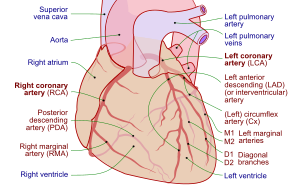Millions of Americans suffer from heart failure, and it’s the leading cause of hospitalization for people over 65. It comes in four stages, from mild to severe, and is a progressive and always eventually fatal disease. But the course of the disease can be profoundly affected by other factors.
In an ongoing study of heart failure patients, after adjusting for factors such as sex, age, hypertension, severity of heart failure, and comorbidities, moderate to severe depression remained a predicting factor for all-cause mortality for heart failure patients. In other words, if you’re depressed and have heart failure, you’re five times more likely to die an early death than a similar patient who isn’t depressed.
Now, add that fact to this one: heart failure patients who exercise more have fewer hospitalizations and better outcomes on all scores. Another recent study examined how levels of social support and barriers to exercise affected heart failure patients’ willingness to keep up with exercise programs. Not surprisingly, when patients completed surveys about the types of support they received and their barriers to exercise, those who had worse situations in regard to finances, weather, transportation, and/or childcare had less success in adhering to exercise regimens. And those with reduced barriers did, in fact, exercise more and have better outcomes.
Medical experts can only surmise why exercise helps depression, but there’s clear evidence that it does. So, what is the cost of having millions of heart failure patients regularly re-hospitalized versus helping reduce those social barriers and giving them the chance to experience longer and better-quality lives?




















